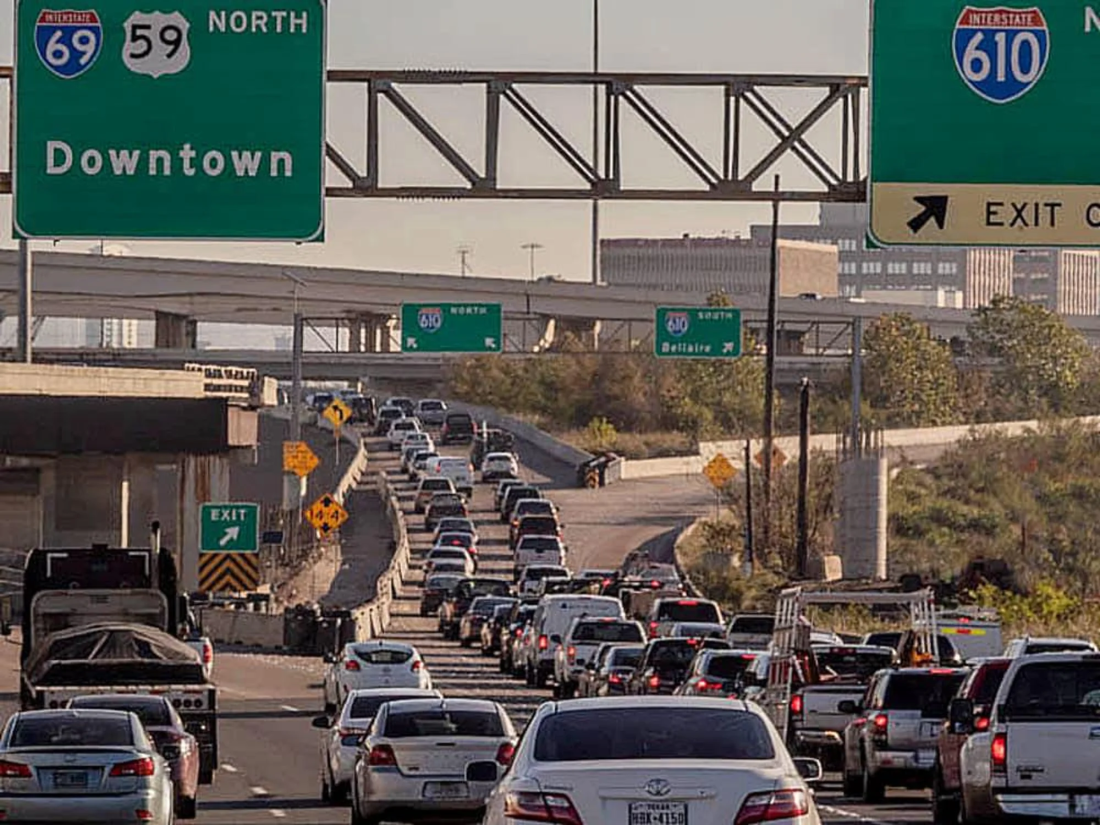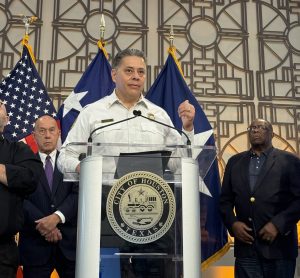
A recent report from the Texas A&M Transportation Institute reveals that road congestion in major Texas metropolitan areas imposed a financial burden of over $1.2 billion on drivers throughout 2022. The study highlights that the state’s 10 most congested roadways were predominantly situated in Houston, Dallas-Fort Worth, and Austin. The findings indicate that traffic delays in Texas increased by 7% in 2022 compared to the previous year.
The Texas A&M Transportation Institute conducts an annual study, mandated by the Texas Legislature since 2009, to measure congestion on over 2,100 road segments, covering approximately 10,000 miles of roads across the state. The initiative was prompted by the escalating congestion on urban roads.
Key Details:
- Houston’s Interstate 610 West, commonly known as the West Loop Freeway, emerged as the most congested roadway in Texas in 2022, spanning from the Katy Freeway to the Southwest Freeway. The congestion on this stretch cost drivers over $120 million during the year.
- The report identified five additional Houston-area roadways among the top 10 most congested segments, with highly congested portions of the Woodall Rodgers Freeway, the North Freeway, and US 75 in the Dallas-Fort Worth region, and Austin’s I-35 also making the list.
- Researchers noted a 7% increase in traffic delays across Texas in 2022 compared to 2021. However, despite the rise, traffic delays remained below pre-pandemic levels, as reported by the Texas Department of Transportation (TxDOT).
- Delays in 2022 were found to be 23% lower than those recorded in 2019, reflecting a notable decrease. Meanwhile, overall traffic volume on roads across Texas has seen a 2% increase since 2019.
TxDOT Executive Director Marc Williams acknowledged the positive impact of ongoing efforts to alleviate congestion on Texas roads. Williams emphasized the need for continued progress on projects aimed at addressing traffic congestion and enhancing safety, especially in areas witnessing substantial population growth.
“It’s encouraging to see the impact our work is having on Texas roads throughout the state to help ease congestion,” Williams stated. “But our work isn’t done. As more and more people move to Texas, we need to keep moving forward with projects that address traffic congestion and improve safety in areas that need it most.”










